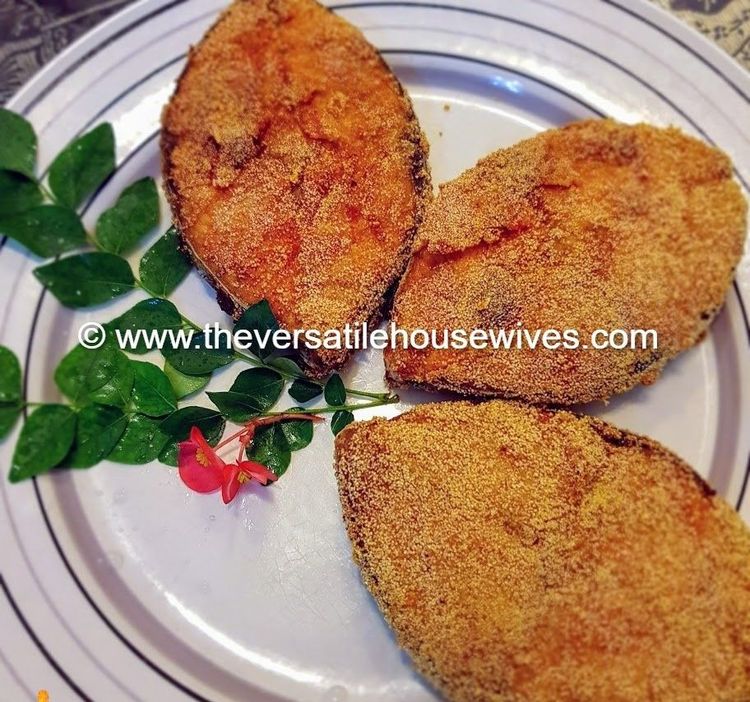

# Panjiri Recipe: A Wholesome Indian Sweet for Recent Mothers
Panjiri, a time-honored Indian confection mainly made from whole wheat flour (atta) and an array of dried fruits, occupies a significant role in the culinary heritage of Northern India, especially in Punjab. This wholesome treat is not only a favored delicacy during festivals and spiritual celebrations but is also a beloved food for new mothers after childbirth. Renowned for its health advantages, panjiri is frequently served as prasad, a sacred offering, during significant events like Janmashtami and Satyanarayana Pooja.
## The Spirit of Panjiri
Panjiri is renowned for its rich taste and healthful qualities. It is commonly called “Hyderabadi Panjeeri” in Pakistan, indicating its appeal across borders. The sweet is generally made with pure desi ghee (clarified butter), which adds to its distinct flavor and texture. The classic recipe requires a considerable quantity of ghee, giving panjiri a consistency that resembles wet sand. Nonetheless, variations exist, with some home cooks opting to use less ghee for a lighter texture.
### Ingredients
The fundamental components for panjiri consist of:
– Whole wheat flour (atta)
– Sugar or jaggery
– An assortment of nuts like almonds and pistachios
– Green cardamom
– Desi ghee
Additionally, many variations may include other ingredients such as:
– Dry ginger (saunth)
– Fennel seeds
– Black peppercorns
– Poppy seeds
– Edible gum (gond)
– Ajwain (carom seeds)
This blend of ingredients not only elevates the flavor but also enhances the health qualities of panjiri, rendering it a nourishing delight.
## Health Advantages of Panjiri
Panjiri proves particularly advantageous for new mothers, being rich in nutrients that facilitate recuperation following childbirth. The warming qualities of the ingredients support digestion and encourage lactation, making it an excellent food for nursing mothers. The addition of spices like dry ginger and fennel seeds further amplifies its digestive properties.
For children, panjiri makes for a healthy snack, especially in the colder months. However, it’s recommended to omit certain spices like black pepper and ginger when preparing it for kids to prevent raising body heat. Instead, spicing it with fennel seeds and cardamom creates a delightful and nutritious treat.
## Making Panjiri
### Ingredients:
– 2 cups whole wheat flour (atta)
– 1 cup desi ghee
– 1 cup powdered sugar or jaggery
– 1/2 cup mixed nuts (almonds, pistachios)
– 1 tsp green cardamom powder
– Optional: 1/4 cup edible gum, 1 tsp dry ginger powder, 1 tsp fennel seeds
### Instructions:
1. **Roast the Flour**: In a heavy-bottomed pan, warm the desi ghee on a low flame. Introduce the whole wheat flour and roast it while stirring continuously until it achieves a golden hue and releases a nutty fragrance. This procedure should take about 15-20 minutes.
2. **Incorporate Nuts and Spices**: After roasting the flour, add the mixed nuts, green cardamom powder, and any optional spices. Mix well to combine.
3. **Sweeten**: Take the pan off the heat and allow it to cool slightly. Incorporate the powdered sugar or jaggery, mixing thoroughly until fully blended.
4. **Cool and Store**: Let the mixture cool completely before placing it in an airtight container. Panjiri can be kept for up to 45 days, and refrigerating it can prolong its freshness.
## Serving Suggestions
Panjiri can be enjoyed warm with milk, serving as a comforting and nutritious beverage for both mothers and children. For special occasions, it can be presented as prasad during spiritual ceremonies, enriching the celebratory atmosphere with its intense flavors and fragrances.
## Conclusion
Panjiri transcends being merely a sweet; it embodies nourishment, care, and tradition. Whether crafted for a new mother or offered as a festive delicacy, this delightful treat is bound to warm hearts and homes. With its numerous health benefits and rich taste, panjiri merits a spot in every Indian kitchen, especially during the colder months. So, gather your ingredients and embark on making this traditional sweet to relish its deliciousness and health perks!